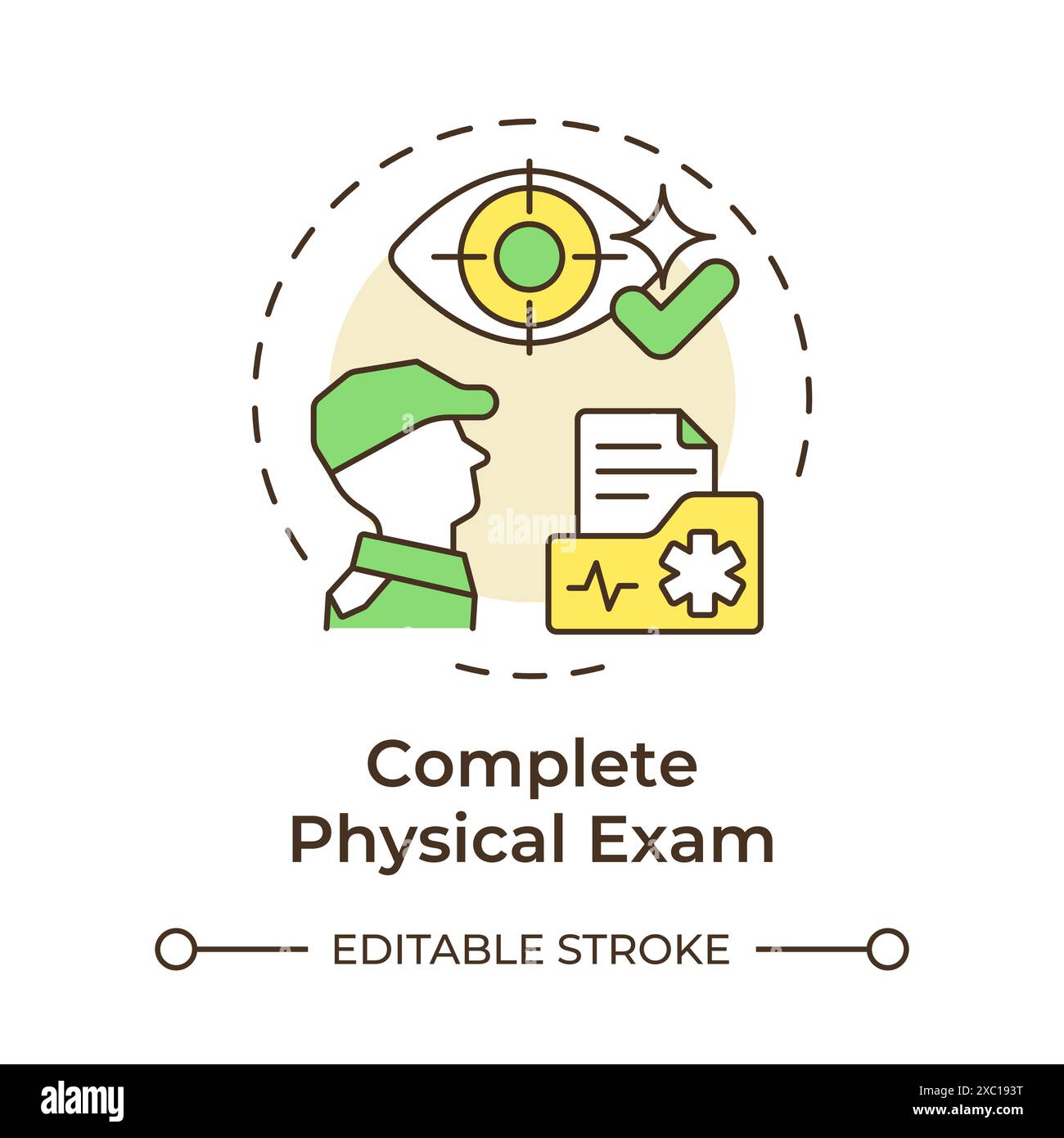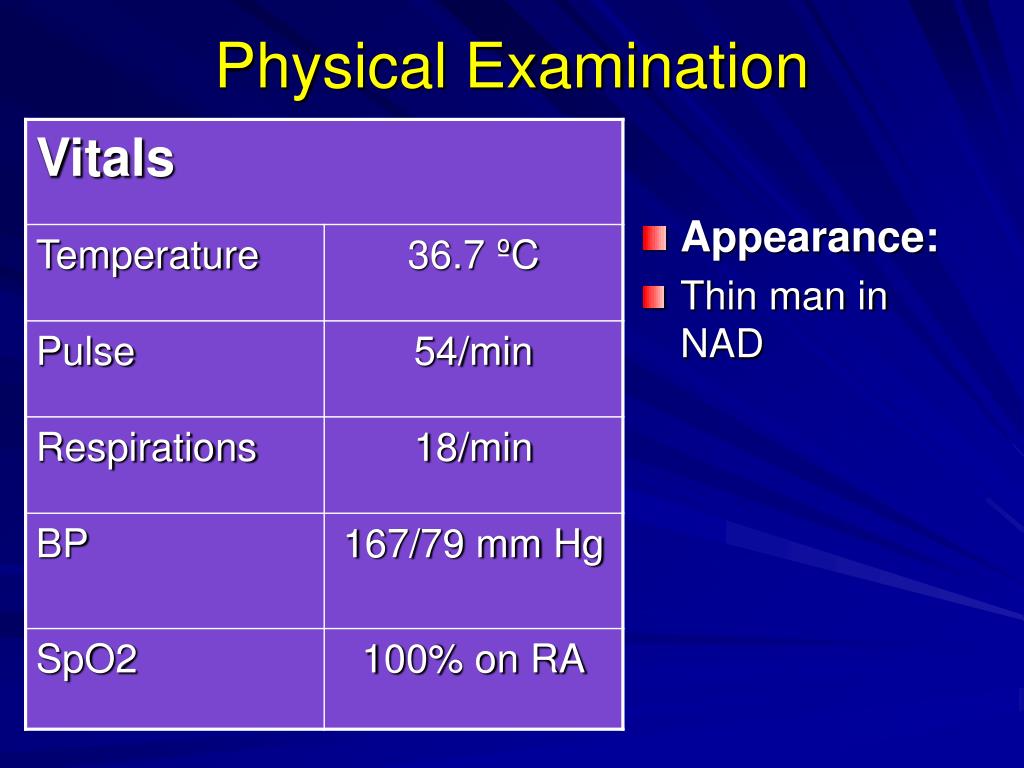Have you ever wondered about the cryptic abbreviations that doctors and nurses often use in medical charts? Understanding these shortcuts can offer a fascinating glimpse into the world of healthcare, providing a clearer perspective on patient assessment and communication.
The world of medicine is replete with jargon, acronyms, and abbreviations. These are essential tools for efficient communication among healthcare professionals, allowing them to quickly convey complex information about a patient's condition. One of the most common and fundamental of these is "NAD." So, what does this seemingly simple three-letter code really signify, and why is it so crucial in the medical field?
Let's decode the mysteries hidden within the use of "NAD" in medical documentation. It may seem straightforward, but its implications are far-reaching. When you see "NAD" in a medical record, it typically means the patient is not showing signs of immediate distress. It's a shorthand way of indicating that the patient appears stable and is not experiencing any acute, life-threatening conditions. However, the precise context and interpretation can shift depending on the specialty and setting.
- Kylian Mbapps Haircut Evolution From Buzz Cut To Fade
- Rasheeda Frosts Age Birthday What You Need To Know
Consider this example: A physician notes "NAD" in the "general appearance" section of a physical examination. This signals to other medical professionals that the patient, at that specific moment, isn't demonstrating any outward indications of a serious health issue. The patient might be lying in bed, alert, and displaying no signs of obvious discomfort. The doctor would also note the patient's overall physical condition. The patient could be described as "well developed, hydrated, and nourished." The skin might appear "warm, dry, and intact without rashes or lesions." Nailbeds could be "pink with no cyanosis or clubbing." The head may be considered "normocephalic and atraumatic without tenderness, visible or palpable masses, depressions, or scarring."
The use of "NAD" helps to streamline communication, preventing the need for lengthier descriptions. It aids in quick information sharing, while allowing physicians to focus on the most important and significant medical details. The "no acute distress" label is a cornerstone of assessing a patient's general health and determining the next steps. It allows physicians to prioritize their assessments and choose the diagnostic tests that are most needed.
The 1997 physical exam rules emphasized precise documentation, where the presence or absence of certain elements, or "bullets," became the standard. Physicians used this guidance to evaluate and record their findings.
- Ellen Degeneress Age Life Everything You Need To Know
- Justin Bieber Aesthetic Evolution From Youtube Kid To Icon
Consider the context of a physical examination. During such an assessment, the healthcare provider would consider various elements. These might include temperature, blood pressure, and weight, noting all the essential details. The physical exam provides the veterinarian with information used to assess the health status of the patient. No icterus, no discharge, no conjunctivitis in the ears, nose, and throat, the findings would be carefully noted.
It's important to understand that the meaning of "NAD" can evolve in specific contexts. While "NAD" generally means "no acute distress," it can be expanded upon by other descriptions. Additional assessments, such as adnexa negative for mass or tenderness and well-developed, well-nourished (WDWN) status would enhance the medical notation.
Now, let's delve into the more specific meanings and the context in which these phrases are employed. The phrase "alert and oriented x 3 (A&O x3)" is commonly used to describe a patient's mental state. "X3" means the patient is oriented to person, place, and time. "Patient is cooperative and appears as stated age." "Patient is well groomed and sitting comfortably on the exam table." Mucous membranes may be noted as "moist and pink." Regular in rate and rhythm without murmurs, gallop, or rubs. Pupils are reactive and symmetric. All are important pieces of patient information.
The use of "NAD" is also closely linked to the broader concept of a "physical exam." Physical examination words and phrases are integral parts of the process. Healthcare providers depend on such assessments to determine which disease signs are present. Some of the common tools would include the Lunotriquetral ballotment test (Reagan test) and other maneuvers used to examine the hand and wrist.
It's important to distinguish the use of NAD in different healthcare settings. When a physician documents "no acute distress", it implies a certain degree of evaluation. If a code is then assigned based on the physicians notes, it should be lower than what would be assigned if the documentation showed a higher level of care. Documenting "no acute distress" is often the starting point when assessing a patient.
In nursing, "NAD" commonly refers to "nothing abnormal detected". This is used when a healthcare professional finds nothing significant during a medical examination or assessment. This streamlined system allows healthcare professionals to share their observations without extensive descriptions, emphasizing efficiency and clarity.
A few other terms and abbreviations that you may come across in medical documentation include:
- WDWN: Well-developed, well-nourished
- A&O x3: Alert and oriented x 3 (to person, place, and time)
- NML: Normal
- Bilat: Bilateral
- Moist oral mucosa, no exudates, uvula midline
Medical professionals learn to recognize and use such abbreviations throughout their education and practice. "I've always counted NAD as psych because the 97 guidelines show mood and affect under psych." Some physicians may have documented "NAD" under the constitutional exam, which focuses on general appearance.
In conclusion, understanding the meaning of "NAD" provides a gateway to a deeper grasp of medical practices. When you come across "NAD," it's a signal that the patient appears stable, not exhibiting signs of immediate danger. The physical examination, along with the medical history, helps practitioners to identify specific health issues and aids in treatment. Through ongoing education and practice, healthcare professionals use these tools to care for their patients.



Detail Author:
- Name : Mrs. Lavada Terry III
- Username : dkonopelski
- Email : heber63@hotmail.com
- Birthdate : 2000-04-19
- Address : 158 Sauer Rapid New Willland, MA 57669-6036
- Phone : (458) 515-0152
- Company : Sauer-DuBuque
- Job : Host and Hostess
- Bio : Officia sit dolor eum. Eius quos consectetur ullam autem saepe. Est rerum occaecati non est impedit voluptate id velit.
Socials
twitter:
- url : https://twitter.com/wilhelmine3829
- username : wilhelmine3829
- bio : Atque maiores recusandae maxime repellendus. Perferendis velit nihil modi occaecati non nobis earum modi. Aperiam illo aut consequatur facilis non sit beatae.
- followers : 517
- following : 14
facebook:
- url : https://facebook.com/schultz2005
- username : schultz2005
- bio : Et earum magnam impedit atque.
- followers : 5850
- following : 2038
instagram:
- url : https://instagram.com/wilhelmine_schultz
- username : wilhelmine_schultz
- bio : A autem rerum culpa est fugiat. Et tenetur quod aut. Delectus dolor natus dolorem blanditiis.
- followers : 3536
- following : 290